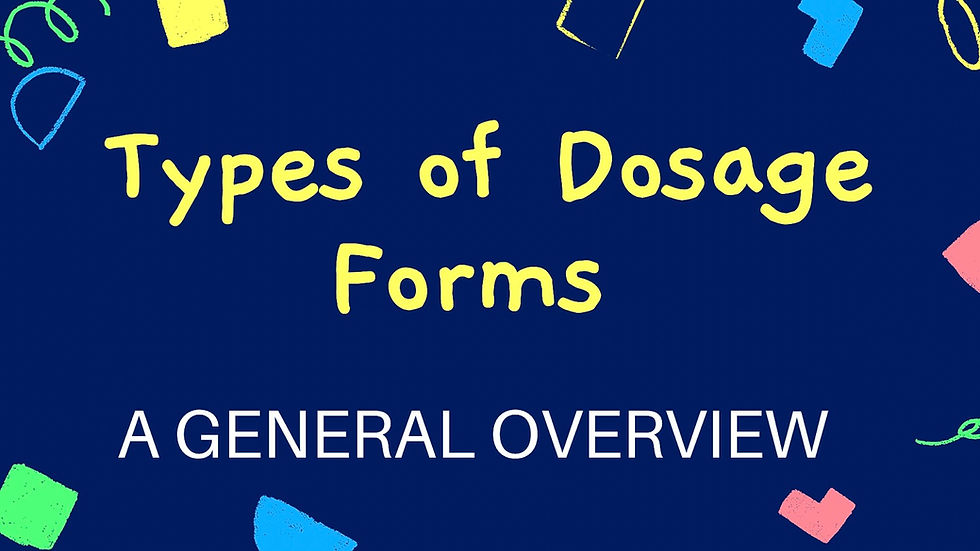GMP: Are there "planned" Deviations?
- Pharma Explorer

- May 24, 2021
- 2 min read
GMP: Are there "planned" Deviations?
A discussion we have again and again inseminars is the question of planned deviations. To make it short: in GMP, nothing should be declared as a deviation that was planned beforehand. This is a change. A deviation is unplanned.
But where does the term come from?
It mostly existed in companies many years ago without being officially defined anywhere. The term "planned deviation" was first used in a document by the EMA. In March 2006, the EMA (at that time still called EMEA) published the "Reflection Paper on a proposed solution for dealing with minor deviations from the detail described in the Marketing Authorisation". The aim was to reflect EMEA's expectations as to whether a batch could be released under the described circumstances despite deviations that had occurred. In 2009, there was an update in which the term "planned deviations" was mentioned in an official document for the first time. The view at that time was that these "planned deviations" must be controlled by the quality system and were therefore not covered by the Reflection Paper. In 2015, the comprehensively revised Annex 16 to the EU GMP Guidelines (Certification by a Qualified Person and Batch Release) was published and came into force in 2016. The new annex clarified the role of the QP in relation to deviations and introduced some points of the above-mentioned EMA position paper on QP Discretion. This was subsequently withdrawn along with the term of planned deviation. However, the term can still be found in Q&A No. 3 on Annex 16 published by EMA.
Unfortunately, the current Annex 16 to the EU GMP Guideline can also cause some confusion. Paragraph three is called "Handling of unexpected deviations" and could at least imply that there are also expected deviations. But this is not the case. The following paragraph only deals with these unplanned deviations. In the Q&A No. 3 on Annex 16 mentioned above, it is stated that "a deviation can be considered as 'unexpected' until the time of discovery"; "repeat deviations thereafter are no longer 'unexpected'."
More and more regulators are now demanding that the nomenclature of a planned deviation is replaced.
How to call it?
In the meantime, many companies have switched to substituting the terminology. Examples are "temporary change" or " short-term change". These temporary changes are pre-approved, short-term changes to a process defined in a current procedure or to a system/operating equipment; i.e. changes that affect a certain period of time or a certain number of batches and are not permanent.
Even more important than the pure semantics are, of course, the processes behind them. No matter what the procedure for a temporary change to a process is called, it is crucial that the procedure is clearly defined and does not allow changes to be made under the radar of deviation and change management. Here, too, an assessment is required, ideally with risk analysis, approval, initiation of corrective actions, and, if necessary, timely initiation of a permanent change, e.g. also in the form of a variation. In general, temporary changes should not occur too often. Too many temporary changes indicate problems with process control and stability.
Referenece. GMP ECA








Comments